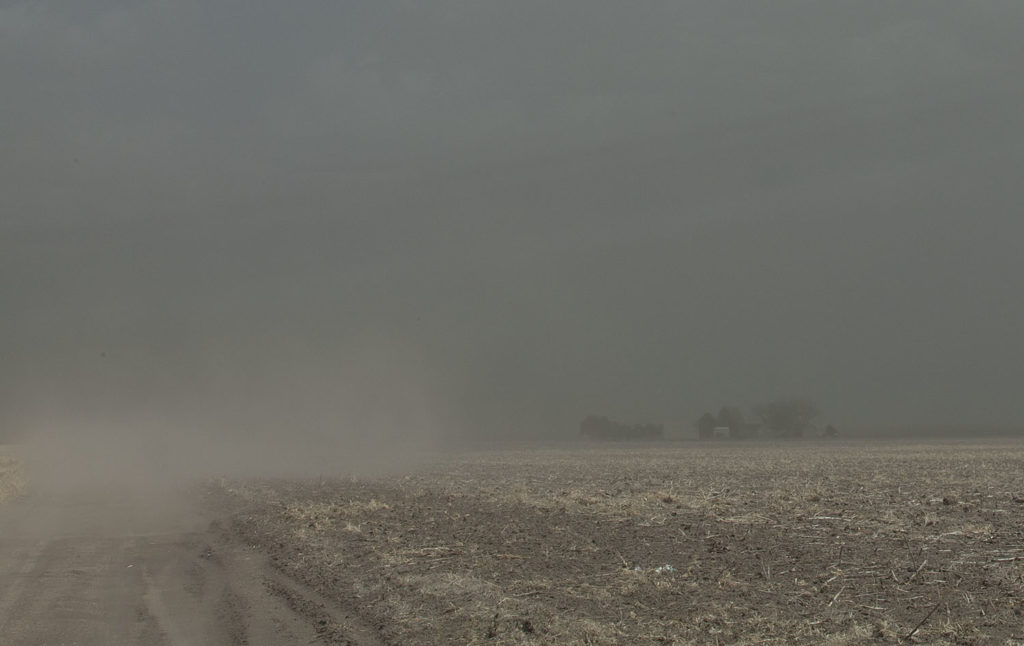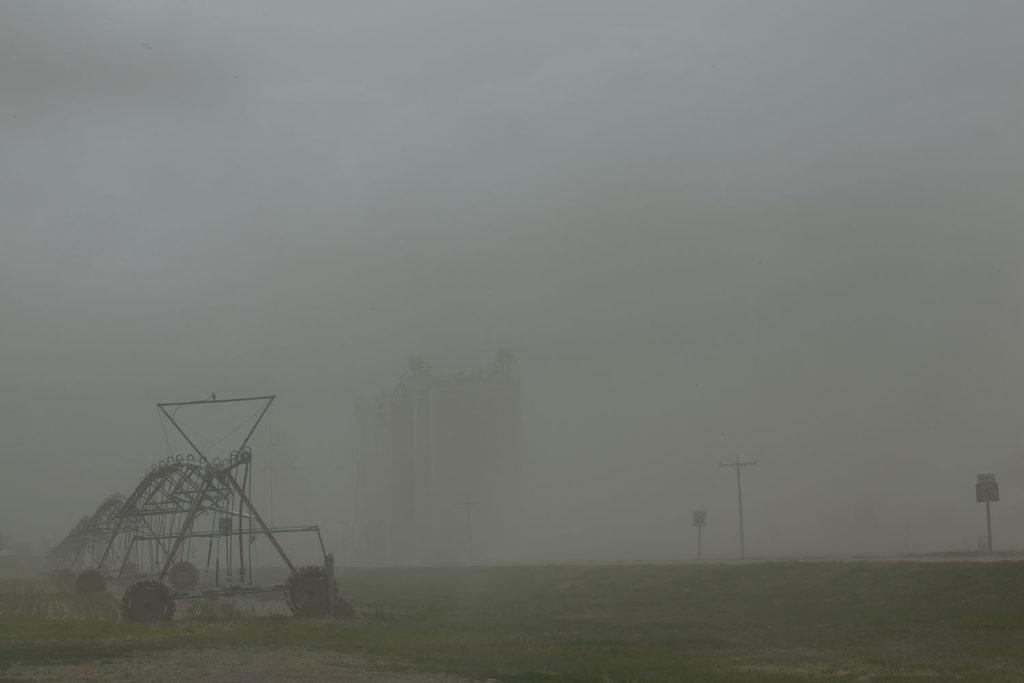IT MAY BE MY FAVORITE TROUT STREAM, PARTLY BECAUSE, AS SMALL AS IT IS, IT REGULARLY yields browns and cutthroats over five pounds, and in large measure because it isn’t anything like what most people imagine when they think of trout water. It’s a sun-baked, sand-bottomed creek that winds through the sage thirty miles from the mountains that give it birth, a stream more likely to water pronghorn than elk. And, once upon a time, it was a great place to fish.
The last time I stopped there was about five years ago one sunny afternoon at the beginning of August, on my way to a meeting in Jackson. There was nothing rising, so I tied on a number 18 Copper John and worked my way past the first low bluff, dead-drifting the nymph through the lazy pools in the shade until the indicator stopped unexpectedly. I lifted the rod tip and felt a surge as a long shadow broke away from the bottom and headed upstream. A brown about half as long as my leg. The adrenalin surged, and I wondered whether I’d be able to turn him when the tension on the rod eased and the fish rolled to the surface. I reeled him back carefully, fully expecting an explosion when he saw me. But he lay on his side, gill covers working, while I got the hemostats on the nymph and twisted it free as he floated at my feet. He lay there for a long five seconds, exhausted by a fight that would have shamed a six-inch cutthroat, then swam slowly away.
Strange, I thought, as I watched him go. Then I put my hand back in the water. I didn’t have a thermometer, but it quickly became apparent that I could take a comfortable bath in the pool. I’d never worried about water temperature in that stream before. I’ve worried about it ever since. It’s been five years since I’ve fished that creek.
That’s one of the ways climate change has touched me, but by no means the only way. These days, I often wait until January for the first northern mallards to arrive on my favorite stretch of river in southeastern Wyoming— once upon a time, I could expect them reliably by Thanksgiving. Three out of the last four years, I’ve closed the pheasant season on the High Plains hunting in my shirtsleeves. Shirtsleeves in western Nebraska on the last day of January. While a mild winter may augur well for pheasant survival, the droughts and violent weather in the springs and summers over the last five years have taken a toll on hens and their chicks. The net result has been fewer roosters in the fall.
It’s been said that we should simply adapt to changing climate, and I’ve followed that advice. I’ve given up fishing my favorite trout stream. I’ve learned to live with one or maybe two good mallard hunts in the last week of the season in place of the two months of waterfowling I once enjoyed. I carry plenty of water for my Brittany when we’re hunting the uplands, and I’ve gotten used to the idea that I’ll probably walk fifteen miles before he points that third rooster. I’m adapting. I have no choice.
And I imagine the folks in Houston and Miami and Puerto Rico are learning to adapt as well. The insurance adjusters estimate that this fall’s hurricanes did around $200 billion in damage in the United States alone. The storms also claimed the lives of 217 people.
Forest fires from Montana to Washington burned 8.4 million acres, along with several hundred homes. Another $2 billion. The fires in California: another $180 billion, forty-four more dead, and counting. The drought in the Dakotas and Montana: $2.5 billion. That hailstorm nobody outside of the southern Great Plains heard about last May: $2.2 billion.
Major bouts of severe weather in the United States alone cost us $387 billion in 2017 and something like 283 lives. That’s a lot of adapting. And, while it can be argued that there is no incontrovertible proof that these weather events were caused or made worse by the climate change we’ve created, nearly any expert will tell you that they are exactly what he expects as the planet gets warmer.
The trouble with simply adapting is that it won’t solve the underlying problem or even stop it from getting worse. The physics are straightforward: Increase the amount of greenhouse gases, particularly carbon dioxide, in the atmosphere, and you will trap more solar energy in the air, water, and landmass of the earth.
Purists insist that this process shouldn’t be called “global warming” because the effect of that increasing solar energy varies, depending on locale and time of year. It may mean reduced snowpack in some areas, increased rainfall in others. It may mean more intense blizzards during the winter, more intense thunderstorms in the summer. It may mean more fire or more flood.
Whatever you want to call it, it’s costing us a lot already, and it will keep costing us more and more until we eliminate the root cause. The climate change conversation is nearly always couched in the future tense. That’s appropriate— we need to worry about the long-term effects, some of which are already inevitable. But climate change is affecting our lives today. Right now. Hardly a week goes by without another bit of proof, another penalty to be paid. I hope that, sometime soon, we’ll move beyond the unavoidable process of adapting to climate change and get down to the hard and unavoidable task of dealing with it. The hour is late, and the stakes could not be higher.


Leave a Reply
You must be logged in to post a comment.